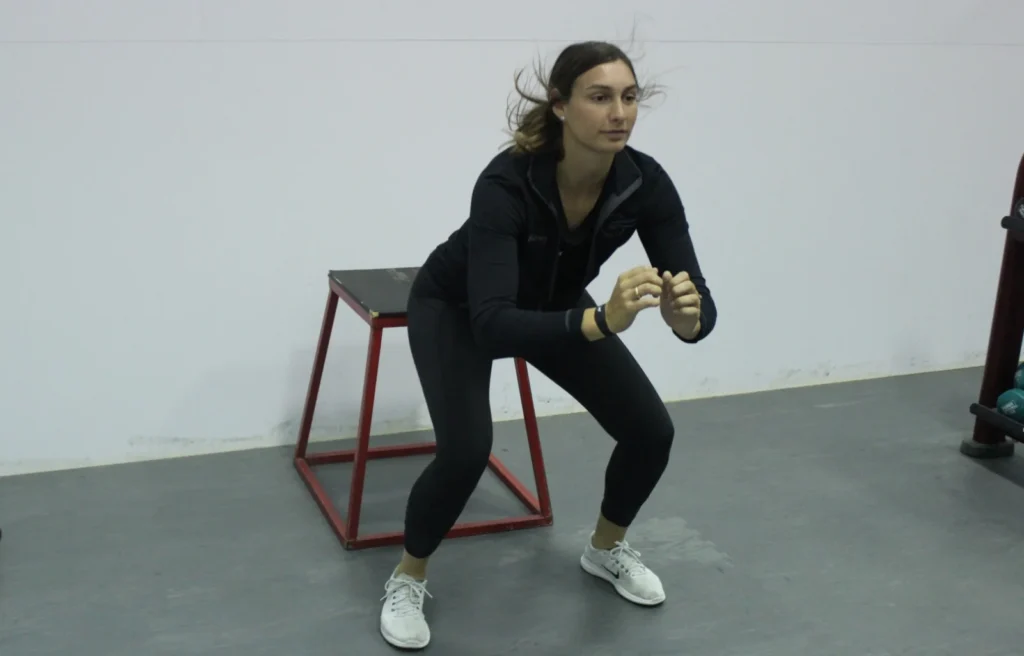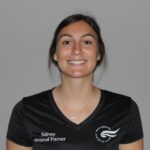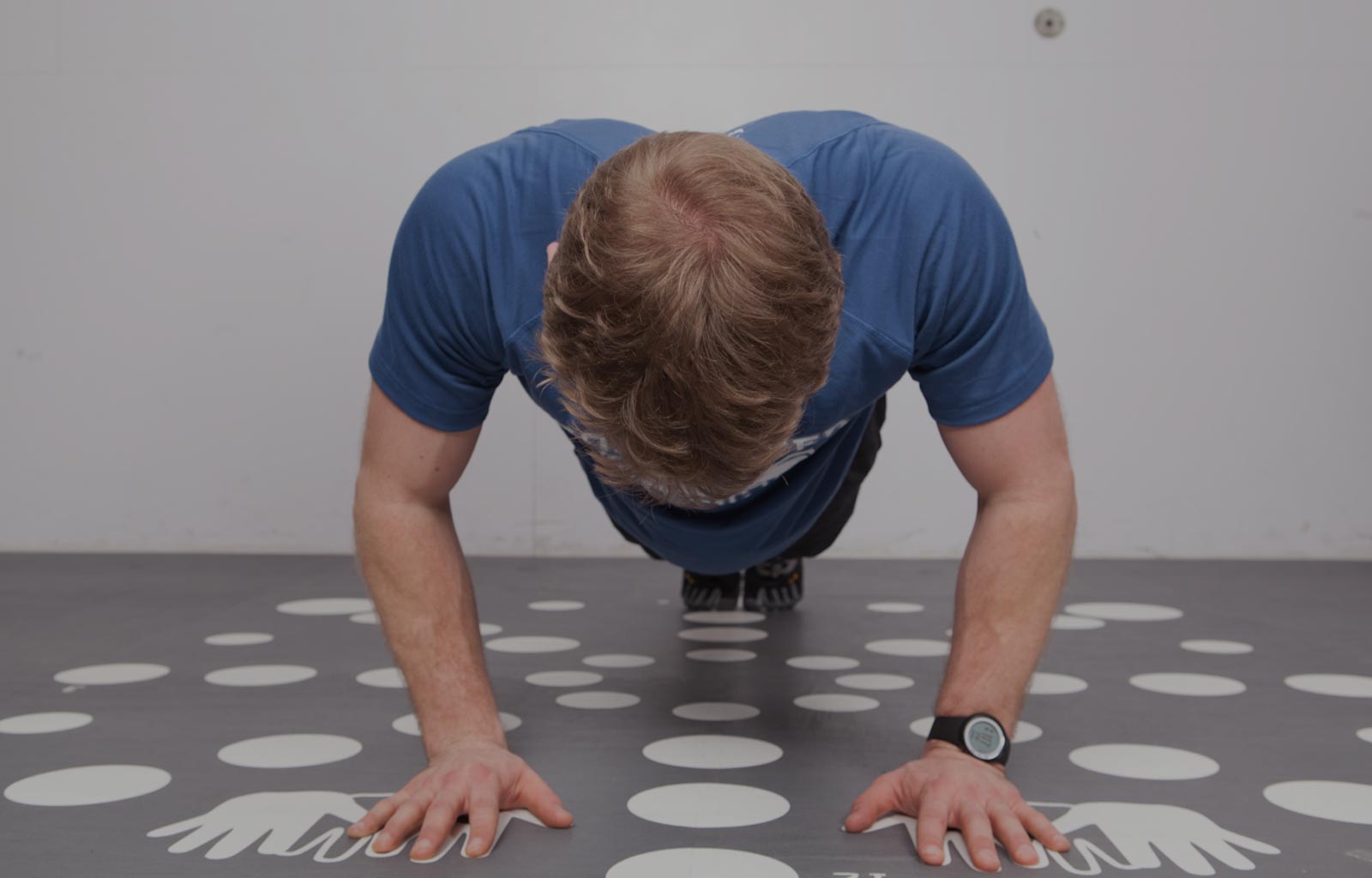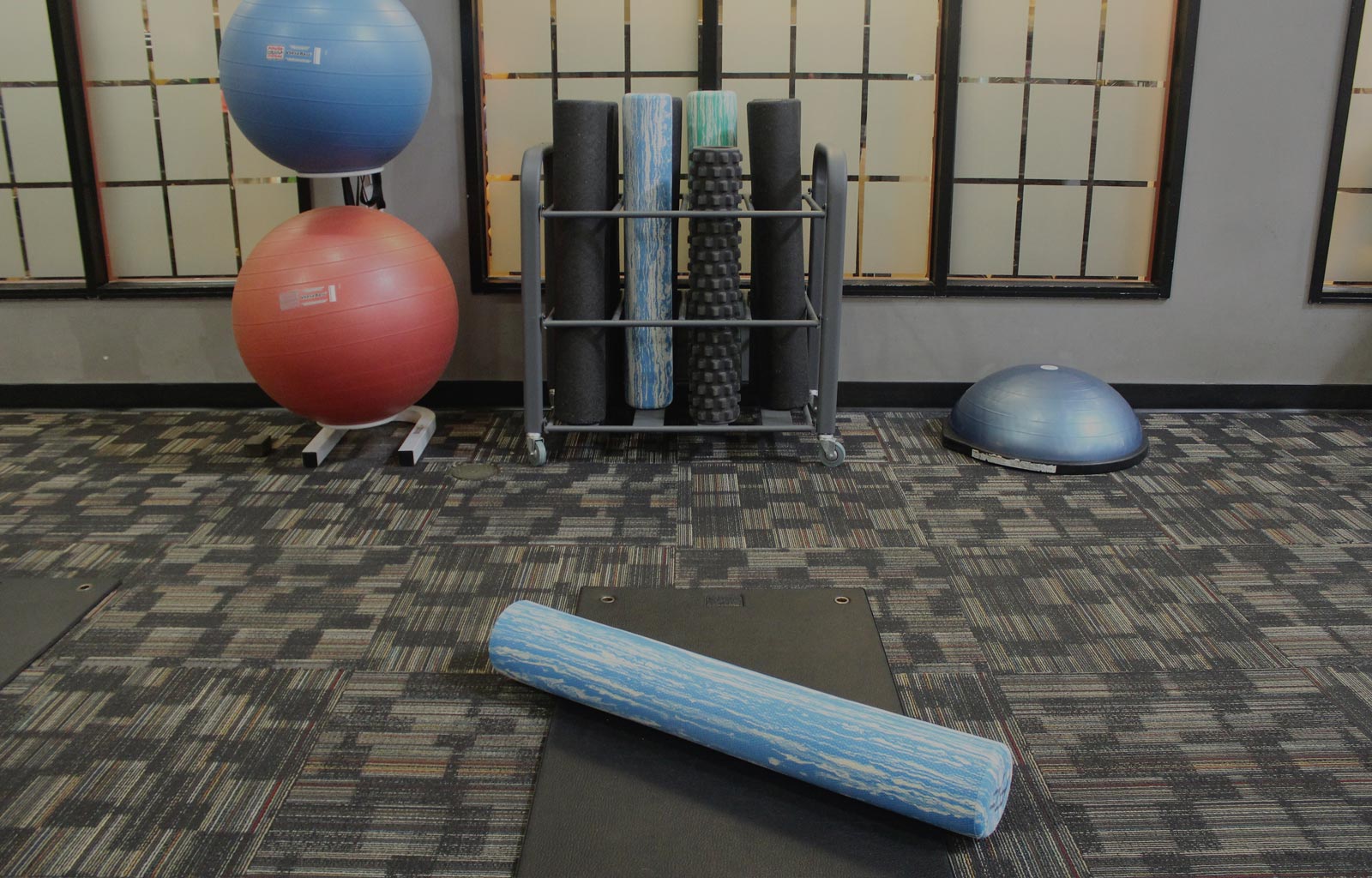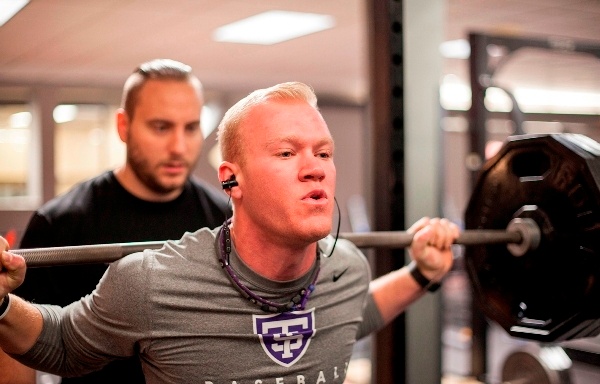Throughout my schooling, I have been privileged to intern at many amazing places. While they have all been valuable experiences, my time at both the Sanchez-Casals Tennis Academy and Total Athletic Performance have had the greatest impact on how I train the body. I was fortunate to learn from highly sought-after professionals about the best training methods for each individual sport.
At these places, over and over I saw firsthand the importance of strength and conditioning for a specialized athlete. Although some sports may seem more demanding than others, every sport has repetitive movements that are likely to cause injury if the athlete is not trained properly off the playing field. When it comes to sports specialization, injury is inevitable if an athlete doesn’t put in the proper strength and conditioning work.
Sport Specialization and Injury
I could write an entire blog about early sport specialization. I’ve never been a fan of sport specialization at a young age. I played three sports all through high school and truly believe it gave me so many advantages physically. Not only was I fresh and excited to compete every time a new season rolled around, I also developed more complete fitness and coordination than if I had specialized early.
In today’s competitive market, however, early specialization is becoming more and more common. With specialization proper strength and conditioning becomes even more vital to improve performance. It also becomes much more important in order to decrease the likelihood of injury.
Sports are repetitive and overuse injuries are bound to happen – even in multi-sport athletes, but especially in specialized athletes. Proper strength and conditioning allows an athlete to strengthen supporting muscles, even out muscle imbalances, increase mobility, correct posture, stabilize joints, learn new movement patterns, enhance coordination and peripheral skills, and so much more.
Every sport has its own unique methods of training, but there are specific types of exercises and training that will help prevent injury in any athlete. Here are 3 important concepts to understand to help train smarter:
1. Anterior vs. Posterior Chain Exercises
Anterior chain muscles include all the muscles on the front of the body – such as pectoral and quad muscles. These muscles are often used in pushing movements – such as the bench press or squat. Posterior chain muscles are along the back of the body such as scapular, rotator cuff muscles, and hamstrings. These are most often used in pulling movements – such as the leg curl.
Understanding the difference between strengthening the anterior vs. posterior muscle chains and the necessary balance between them is crucial when strength-training an athlete. No matter which set of muscles is most used, it is imperative to keep them balanced and not allow one to have excessive development. Muscle imbalances are the fastest road to injury.
The majority of sports are Anterior Chain dominated. Taking tennis as an example, every swing is a forward motion. Not one movement, other than tracking down a lob, is a posterior movement. Anterior chain strength is vital to the performance of a tennis player. However, if tennis players don’t train the lesser-used posterior chain, they are putting themselves at risk for numerous injuries.
My own experience with imbalances:
Sadly, I know from experience. While I was a three-sport athlete in high school, I didn’t train my body properly. I was passionate about all my sports and wanted to become my very best. So I worked tirelessly in the weight room, but because I put an emphasis on my anterior chain muscle groups and didn’t know how to balance my muscle groups, I tore my ACL and caused damage to my thoracic vertebrae.
My knee surgeon cited the large imbalance between my quad strength and hamstring strength as a major cause of the injury. I trained hard to be the best, but because I didn’t train properly, I lost an entire season. If I had trained smarter with a better plan, I may have avoided the pain and saved that season.
Later, when I went in for my upper back pain, the trainer took one look at me and knew the problem immediately. All of the repetitive tennis swings led to an imbalance in my upper anterior and posterior muscles that caused my shoulders to rotate forward. Further, the muscles on one side of my body were stronger than the other side, which also pulled my spine out of alignment.
Unfortunately, I battled these injuries for years. I’m thankful for them, however, because through them I found my passion for becoming a strength and conditioning coach!
2. Unilateral Training vs Bilateral Training
Unilateral training – which is training one side at a time – is also an important aspect of training. This does not mean training the entire right side of the body and then the left. It means each limb or side of the body is doing the same exercise separately. For example: using dumbbells instead of a barbell for bench press.
Bilateral training uses both sides of the body to complete a lift, which allows the dominant side to assist the weaker side.
There are times when bilateral work is important and necessary, however, unilateral training is vital to develop balanced strength. It allows the right side to lift just as much as the left and vice versa. Unilateral training is also important for the added balance and stability needed within the joint. There is a time and place for bilateral training, such as a greater need for hypertrophy, but it also just masks the weaker side and allows it to carry less of the load.
3. Train Movement Patterns
Introducing different movement patterns and learning body awareness is imperative for athletes, especially specialized athletes. Injury is likely to occur when movement patterns don’t follow proper physiology. There are many factors that lead to incorrect movement patterns, such as weak stabilizer muscles, poor mobility, muscle imbalance, trying to lift too heavy or attempting something too challenging, etc.
For example, if an athlete has knees that tend to wobble in when they squat, this is a red flag for injury. If that same athlete – whose knees habitually wobble or turn in while training – jumps up for a rebound in basketball and lands in the faulty squat position, this is how several knee tears happen. Learning body awareness, landing, starting, stopping, and proper overall body movement is so important.
In Conclusion:
Sport specialization hopefully occurs once athletes are old enough to choose a sport they love and have experienced other sports and movements. Although strength training is important for every athlete to improve performance and stay healthy, it is absolutely imperative for specialized athletes. Sport specialization without proper training is detrimental to the athlete’s physical growth, safety, performance longevity, and athletic ability.
